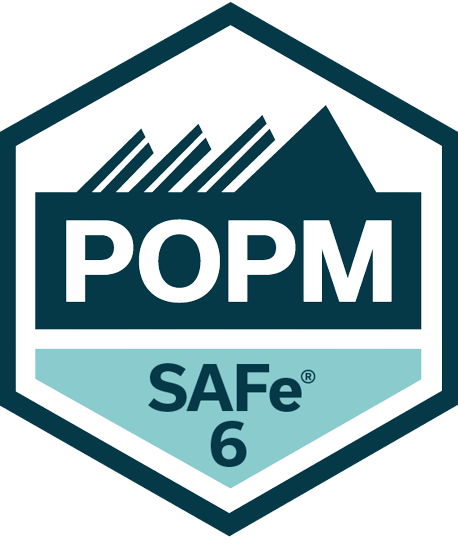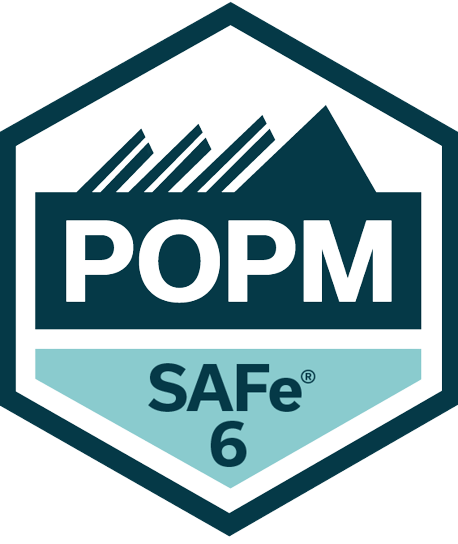 Elevate Your Career - Register Today!
Elevate Your Career - Register Today!
INTRODUCTION
What skills do you need to deliver value in an Agile enterprise? The SAFe® Product Owner and SAFe® Product Manager (POPM) course covers the tactical responsibilities of these roles in the Agile Release Train (ART). The course and resulting certification give you the guidance and tools to work effectively in remote environments with distributed teams.
Learn how product owners and product managers should work together to achieve the best possible customer and business outcomes. The SAFe POPM course will teach you how to adopt a customer-centric approach to building products, using the Scaled Agile Framework® to deliver more value, faster. Topics covered in this course include the daily role of POs and PMs; collaborating with engineering teams and business stakeholders; how to write epics, features, and stories; and how to design, prioritize, build, test, and deliver products with increased productivity and higher quality.
Attendees learn:
SAFe® POPM answers the questions:
What’s included:
Product Owner / Product Manager
Education Credits10.5 PDUs
Public Classroom & Online Pricing$850 USD
Private Group PricingClick Corporate Registration

Mr. Shumpert is a seasoned Enterprise Agile Coach and a highly regarded instructor of the Scaled Agile Framework. He has delivered hundreds of SAFe courses to both public and private audiences. My primary objective is to equip you for the certification exam. For participants not pursuing the exam, you will gain insights into the functionality of the SAFe framework and the advantages it offers to organizations that adopt it.
| COURSE CODE | DELIVERY | DATE | TIME | INSTRUCTOR | PRICE | WILL RUN | LOCATION | REGISTER |
|---|
77% of certified Scaled Agile Framework® (SAFe®) professionals pursue a SAFe certification for professional development, and 63% rely on SAFe certifications to prove their knowledge. So why should you join them?
Business agility Business Agility relies on people with the expertise to lead successful transformations. Maybe you want to grow in your role at your current company or seek new career opportunities outside your organization. By earning a SAFe certification, you’ll expand your skills and experience and be empowered to play a key role in driving business transformation.
The Rising Demand for Leading SAFe® Certificate
How to get SAFe® Certified:
In order to have the best experience in the remote classroom, make sure to explore the Full SAFe Configuration at the Scaled Agile Framework www.scaledagileframework.com. The icons are clickable, and they will take you to the relevant article. Prior to coming to class, make sure you read the following articles: